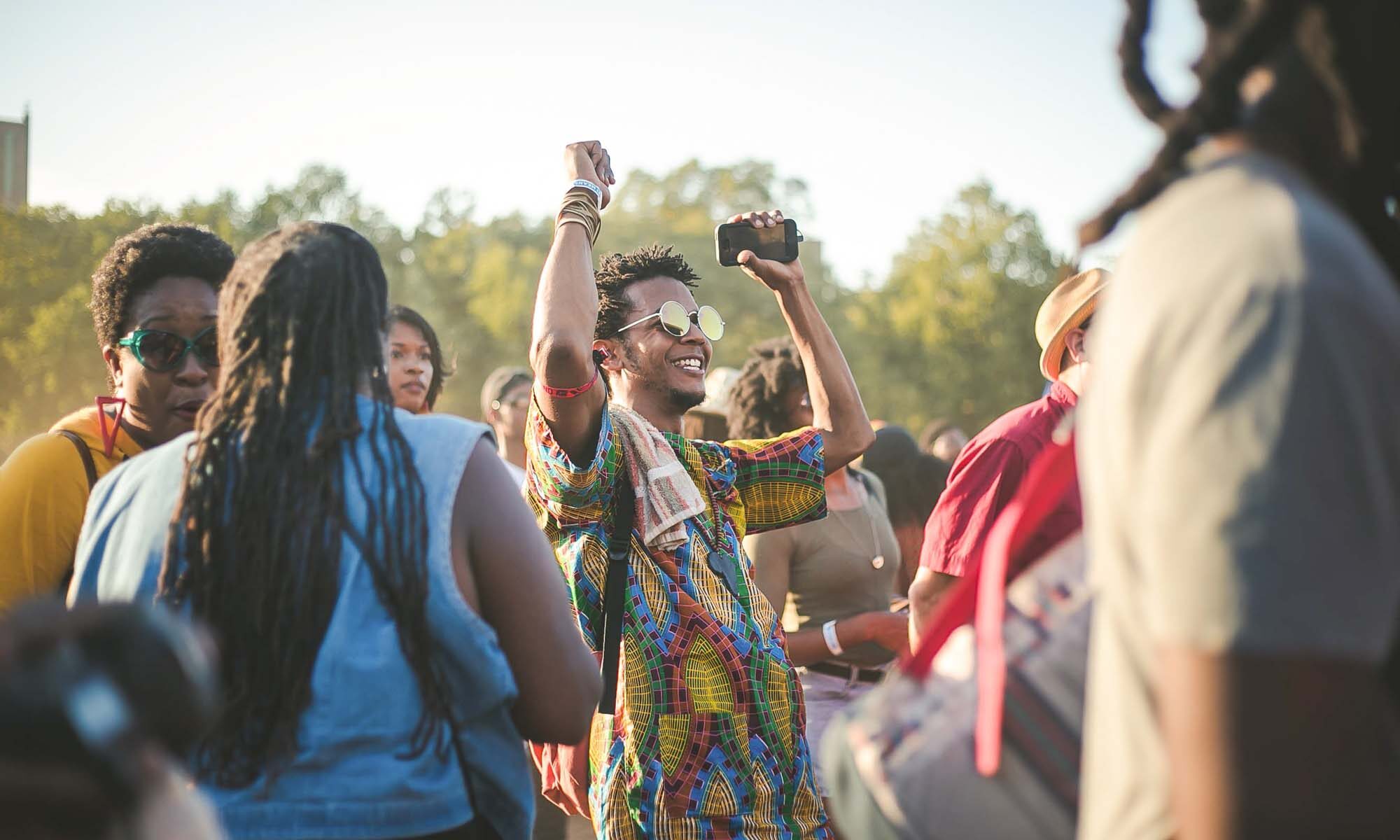Just what the therapist ordered: A sure-fire way to improve your mood.
I’ve yet to meet a person who didn’t enjoy music on some level. Even a little bit…
Here’s a common misconception: “Black people loooove to party!” Now, while I would agree that most people from the Black communities tend to enjoy a good ole party, when you look closer you will see that they are are not partying for partying sake, alone. When we peel back that onion it can be argued, with relative success, that something deeper is indeed happening.
Avid music lovers tend to describe their love affair with music as strong and undeniably intense. Yet in our observations, it is more useful to pay less attention to the dancing and be more curious about the ‘why’ behind the dancing. Once we unearth this gem, we may well see that the power within music actually transcends across all cultures.
The Dance done right!
As an analogy, let’s think about the relationship between a parent and a child. Now envision that the music maker is the parent and the dancer is the child. If you are able to take a moment to close your eyes and imagine this parent and child engaged in a dance that is the best that you have ever seen. This dance is exceptional! Two bodies gliding around the room with no one stepping on anyone’s toes. In this dance, they are graceful, playful and very much ‘tuned in’ to each other’s needs. Every move of their joint interactions is thoughtfully executed to the highest degree. Yesss! Now imagine an audience cheering them on in utter excitement as they witness a brilliant performance.
This dance is so seemingly flawless and absolutely beautiful John Bowlby, himself would rise from the grave and do a little jig. In this awesome presentation, the music maker is noted to offer bids of affection in the form of love, trust, and forgiveness for any transgressions (such as an an accidental step on a toe). The dancer is responding in kind by taking risks to maintain and hopefully amplify their powerful connection fostering increased feelings of safety. The dancer appears open, turning towards the music maker reciprocally with moves that communicate vulnerability, trust and interdependence. What the audience of party goers see looks like unabated joy and the happiness and this spills over to infect the room. Everyone welcomes this contagion as they collectively celebrate this fine relationship.
The Dance under stress.
Unfortunately, not all dances between partners go smoothly. When under stress there will be feelings of irritability, anger, lack of cooperation and the resentment for the constant steps to the toes will be clearly evident to the audience. Some partners don’t even bother finishing the dance walking off the dance floor mid song! Womp, womp, womp… An off day in the parent-child connection is like this. During these moments or periods, happiness definitely seems fleeting. Yet, doing the work to sustain positive feelings in our lives is something that can seem harder to achieve. Especially in a pandemic when the music maker is not available to offer stress relief due to strict directives to socially and physically distance. Geesh!
Music as a Coping Mechanism.
Like a coin, the flip side of happiness is pain and sadness. Many times, these kinds of feelings arise in difficult periods. People who identify as Black tend to travel with stories that are rife with painful memories. Both they and the ancestors who came before them had generations to work through their challenges and come up with strategies that would help them to cope. With this, it is imaginable that a a part of their creative process, given their amazing talents, dancing to the music evolved as a favoured past time.
When observing Black performers, moving to song and dance, it is one of the most awesome experiences one can have. When they dance, they dance with their whole heart. And, when they sing, their voice sounds as if it is coming from deep within the bowels of their soul; where their pain often lives. Music is often used as medicine to facilitate healing and arguably as informal therapy.
Now, trauma and hurt-filled pasts are not experiences that are relegated to any one group; persons of many of the colonized countries of the world have love and connection to music based on their unique and particular backgrounds. We all have a need and purpose for music. Albeit Metis or Ojibwe, Chilean or Brazilian, Italian or Spanish, Hungarian or Moldovan, one thing is clear….it ain’t just the Jamaicans frolicking at a party!
So there you have it!
As a healthy go-to strategy, dancing to music is a perfect antidote for happiness. When we have it reserved in our tool box it can be effectively used to manage through stressful events and unsettling feelings. Dancing to music has been known to trigger positive memories, awaken calming emotions and intensify our social experiences. Apparently even five minutes can boost feelings of happiness and improve creative-thinking patterns.
Armed with this information, who could resist a dose of this kind of medicine? Sooo… the next time you need a jolt of happiness, stand up, put on a little music, shimmy over to grandma (or your plant) and bust a move!
Links:
https://www.hopkinsmedicine.org/health/wellness-and-prevention/keep-your-brain-young-with-music
https://severancemag.com/dance-away-the-stress-and-lose-the-blues/
Photo by Vonecia Carswell on Unsplash


